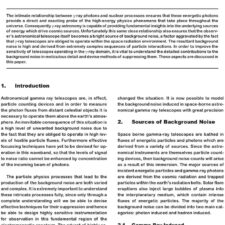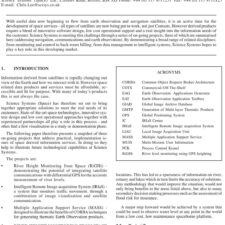TERRAFORMING MARS: An Investigation into the Feasibility of Transforming the Red Planet to Support a Biosphere
£5.00
B. Kanda. (2021), JBIS, 74, pp.156-160
Refcode: 2021.74.156
Abstract:
“I think a future where we are a space-faring civilization and out there among the stars is infinitely more exciting and inspiring than one where we are not.” – Elon Musk. With a finite time period of habitability left on Earth before our home’s inevitable destruction, seeking alternative hosts for biology is of great importance for sustaining the existence of life and consciousness in our universe. Investigating and comparing the various proposed methods of terraforming Mars, this paper explores the prospect of transforming the terrestrial planet to support aerobic life, using current resources and technology. Potential mechanisms for forming a biosphere are discussed, with reference to their feasibility with our current launch and payload capabilities, including constructing large space-based mirrors, re-directing ammonia-abundant asteroids to the planet, releasing greenhouse gases artificially and reducing the reflectivity of the polar caps to trigger sublimation of frozen carbon dioxide. These techniques revolve around successful triggering of a runaway greenhouse effect, warming the planet sufficiently such that the frozen carbon dioxide and water ice within the polar caps begin to sublime and liquify. The carbon dioxide released would further contribute to the warming of the planet, triggering sublimation of additional carbon dioxide and generating a self-sustaining evaporation of the polar ice stores, thickening the atmosphere. This investigation concludes that generating artificial greenhouse gases, through sending small greenhouse gas factories to the Martian surface, is the most cost-effective and least resource-intensive method; strong greenhouse gases can be produced using materials already present in the Martian regolith and much of the technology required to achieve such a feat has already been demonstrated. However, this approach relies heavily on sufficient nitrogen already existing in the Martian soil and realistic means of releasing it on a mass scale. More on-site research is required to assess whether the quantity of nitrogen stored in the regolith is sufficient to form an atmosphere, potentially signifying the requirement of additional sources of nitrogen, such as ammonia-abundant asteroids.





